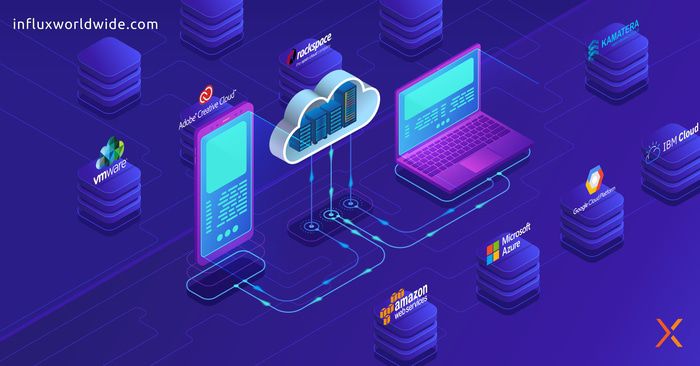Understanding your Cloud Service Level Agreement
The key to minimising your business risks during Cloud Migration is understanding the Cloud Service Level Agreement.
If you are an enterprise looking at moving your IT operations including business software applications to the Cloud , evaluation and monitoring of the Service Level Agreements (SLAs) of the Cloud service providers as a part of your risk management plan is crucial to your business outcomes.
Recently, in the press, was news about a massive Cloud services outage in Alibaba Cloud hit businesses—both small and large in size—in North China hard.
The primary objective of the SLA-based risk assessment of a Cloud Vendor is to ensure high availability of your IT operations on the Cloud so that your business continuity is taken care of in a predictable manner with low financial risks.
Illustration #
Amazon Web Services (AWS) with its cloud compute SLA at 99.99% availability during the service term of “365 days” presents a probable risk that your services might go down for 4.4 hours in a year.
Next, Amazon indicates that “In the event any of the Included Products and Services do not meet the Service Commitment, you will be eligible to receive a Service Credit ..” . This eventually means that in case your services are down for whatever reason, it will make a service credit to you.
In such a case, you must evaluate the risk of your ROI and liabilities, e.g. losing productivity, revenues and customer relationship against the service credits you might receive if the SLAs are not met.
Key questions #
When you have your IT operations inside your enterprise, it is you who takes ownership of meeting specific business objectives. Now, when you intend to move your IT operations to the Cloud, the key questions boil down to the following:
- Who provides stringent SLAs so that your business is safe with the lowest risks?
- Who takes ownership for your liabilities if the SLAs are not met?
- What are the service inclusions and exclusions in the SLA?
- How is the monthly uptime for SLA calculated?
- What is the maximum financial credit offered?
- What are specified as SLA limitations?
For instance, AWS provides a service credit of 30% for a monthly uptime percentage of 99% while Google Cloud provides 25% service credits for the comparable SLA.
Google in their Cloud SLA terms page states that the “aggregate maximum number of Financial Credits to be issued by Google to Customer for any and all Downtime Periods that occur in a single billing month will not exceed 50% of the amount due by Customer for the Covered Service for the applicable month. Financial Credits will be made in the form of a monetary credit applied to future use of the Service and will be applied within 60 days after the Financial Credit was requested.” whereas AWS in their Cloud SLA just state that “A Service Credit will be applicable and issued only if the credit amount for the applicable monthly billing cycle is greater than one dollar ($1 USD). ..” without any caps on the billed amount.
While Microsoft Azure in its Cloud Virtual Machines SLA provide a 100% credit for <95% monthly uptime percentage as against a 50% credit by Google Cloud Compute for the same level.
What to look for #
Given the variations in SLA terms combined with their financial implications, one has, essentially, to look at the options of de-risking their cloud-based IT operations.
It is good that today, you have options for multiple cloud services vendors to evaluate with each competing to offer better SLA terms. However, such a de-risking by choosing more than one vendor for your cloud migration should also be aligned with your objectives of improving efficiencies and lowering the IT costs of shifting to the cloud.
One of the major factors in determining and aligning the cost objectives and de-risking your cloud operations with more than one cloud vendor is to determine how critical is each of your business application software and its service that you intend to move to the cloud. Non-core, less mission-critical departmental applications may be moved to low cost cloud-services that offer a reasonably good SLA while mission-critical business applications should be moved to cloud providers who are well-established and can provide you with the highest availability and business continuity with better ownership of the liabilities.
Sankar Nagarajan is a Consultant at Influx. An IT professional and entrepreneur with over 20+ years of business and technology experience, he has a demonstrated history and deep expertise in Cloud computing and analytics, technology, product development, innovation, IP creation and IT services-management. A strong product and technology leader who has excelled across the entire product eco system, Sankar has built and transformed world-class global delivery centres of excellence for organisations.
